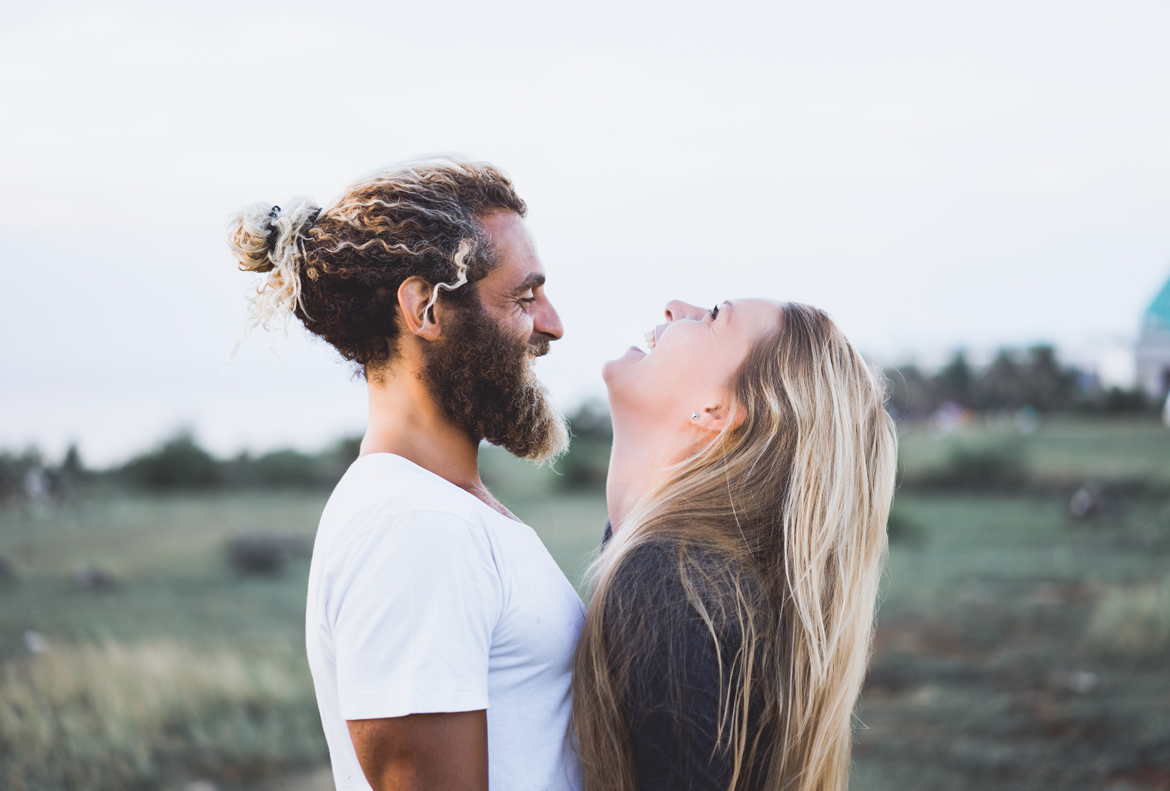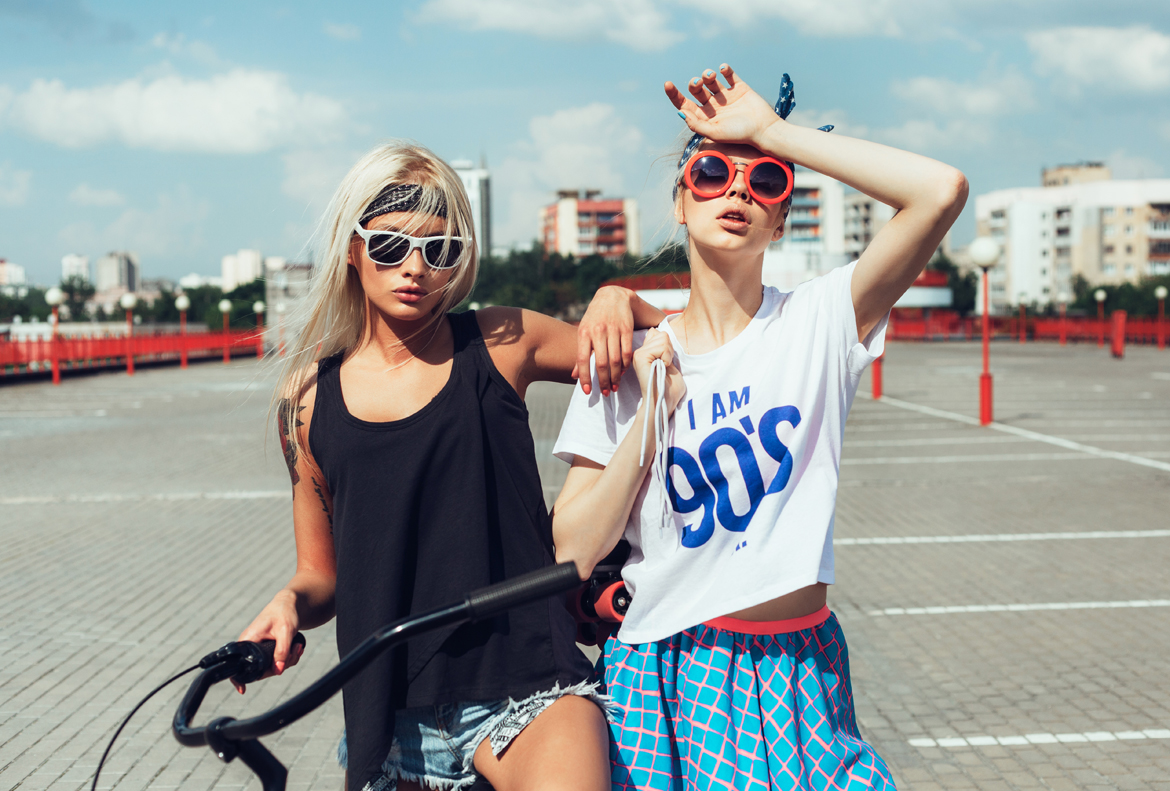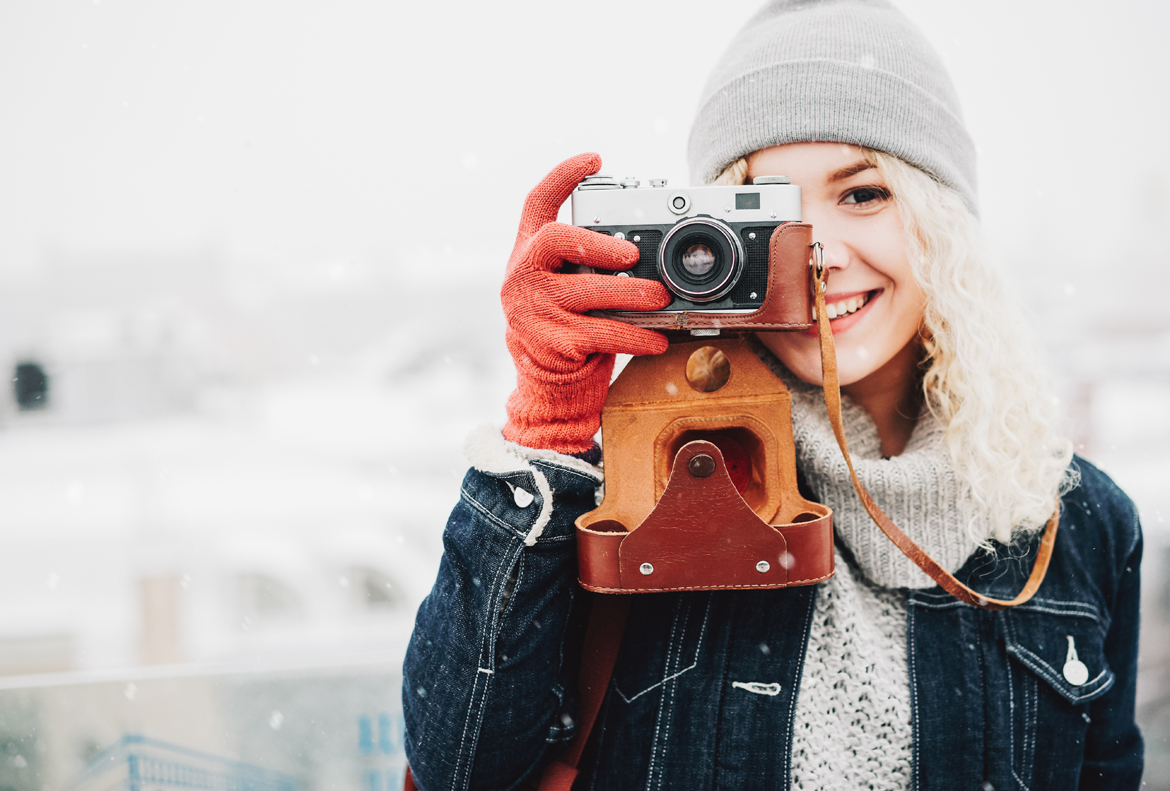Have you ever seen landscape images where the water looks soft, silky and smooth? Or perhaps an image showing light trails through a city scene? Then you’ve seen long exposure photography. It’s easy to create and doesn’t need heavy manipulation. In this article, we’ll show you how to do it yourself.
There are many ways we can use this technique to achieve different results. Not only will it turn water into a smooth surface, but it can also help remove people from a scene or situation. There is no limit to where you can use a long exposure. Any genre of photography can incorporate a long exposure. Even time-lapses work well.
What Gear Do You Need
A tripod is essential for long exposure photography. As I pointed out, anything below 1/60th of a second will create blurriness in your images. Long exposures tend to create photographs from exposures as long as 30 seconds. Some could even take hours.
Holding a camera for 30 seconds would produce an immense amount of camera shake. A tripod makes your life easier and ensures a sharp, clean image.

A shutter release is a helpful piece of equipment. We talked about camera shake due to handholding the camera, but even pressing the shutter button can cause blurriness.

Shutter Release
A shutter release is a helpful piece of equipment. We talked about camera shake due to handholding the camera, but even pressing the shutter button can cause blurriness. If you already own an intervalometer for capturing time-lapse photography, you can use it here as a simple release. The other option is to change your camera settings.
Setting the mirror to ‘lock-up’ before your shot will reduce the shake. Also, setting your camera on a two-second timer will help.
Tips for Using Filters



- A tripod is necessary for long exposures.
- Block your viewfinder to ensure correct light metering and no light leakage. (This is only an issue in DSLRs.)
- Use ‘bulb‘ mode on your camera as it will allow you to capture the scene for as long as you want. Using the shutter speed on a manual setting will give you a maximum of 30 seconds. Here, you will need a shutter release cable.
- Make sure you choose the right conditions. If there are no moving elements in the scene, you don’t need to use a long exposure. Remember – the long exposure effects and obscures the moving elements.
To help make these tips a bit clearer, we have created this handy infographic. Use it to check what equipment you will need for your long exposure images